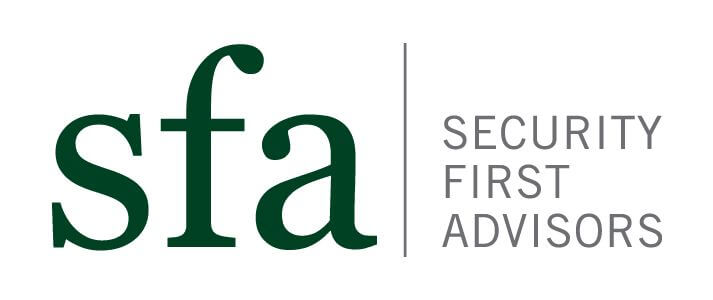Oregon is on its way to becoming the first state to implement a radical new program that would let students attend state schools without taking out a single loan or paying out of pocket.
The “Pay it Forward, Pay it Back” plan lets students enroll with no money down, so long as they agree to pay up to 3% of their future salaries back into a state fund annually for 24 years, potentially bypassing traditional education lenders and the interest rates they charge. The state would likely borrow for the fund’s seed money, which could exceed $9 billion, but the program’s designers intend it to become self-sustaining.
Students are clearly driving the push for tuition reform across the country, the Oregon effort comes as public funding for higher education has plunged, tuitions have surged and the total student-loan debt in the U.S. recently surpassed $1 trillion. Recently, interest rates on certain government tuition loans doubled to 6.8% after the Senate failed to block the increase. Still, more and more students turn to student loans to fund higher education.
Under the Oregon plan, students who don’t graduate would still pay a fraction of their incomes into the fund; the amount would depend on how long they were in school.
Dave Girouard, chief executive of Upstart, a Palo Alto, CA company that seeks investors to provide capital to professionals for a guaranteed percentage of their future earnings, said the Oregon plan could suffer because it might turn off students with the biggest earning potential, for whom traditional interest rates would be preferable to promising a share of future income. What you don’t want is a program filled with “people who don’t intend to work as hard or have a bias toward earning less money,” he said.
Jason Gettel, a policy analyst for the Oregon Center for Public Policy, a nonpartisan, nonprofit think tank, said in a presentation to the legislature that the program would need time before it could pay for itself.
In the 2010-11 school year, there were about 21,000 first-year students in public state colleges and universities in Oregon paying $171 million in tuition. To move them, and the next 23 classes behind them, into this program would cost the state more than $9 billion over 24 years until enough students had graduated and were paying into the system to cover its outlays.
Using 2010 census data not adjusted for inflation, Mr. Gettel estimates students would pay an average of about $800 back into the program the first year after graduation. As their incomes grow, that would increase to about $2,000 in year 20, by which time they would have paid off the cost of their educations. Over the next four years they would contribute an additional $7,400, which constitutes the pay-it-forward aspect of the program-a sort of finance cost, Mr. Gettel said. Students would pay more or less depending on how much money they earned.
No payments would be collected from graduates unless they are gainfully employed, which means they’d be off the hook while in graduate school or out of work. It’s a lot like the income-based repayment plan that students who take out federal student loans are already entitled to. IBR caps payments at 10-15% of their income over a 25-year period, after which any remaining debt is forgiven.
But there’s a huge difference with Oregon’s plan that is worth noting. With the federal IBR plan, graduates must pay taxes on the amount of debt forgiven.
Oregon students wouldn’t be charged taxes on any remaining debt after the 24-year repayment period expires, which could mean even more savings.
So far, Oregon is the only state to really make moves to put such a plan in place. Lawmakers unanimously approved a committee to develop a pilot program for Pay it Forward, Pay it Back, but it would be at least until 2015 before they decide to move ahead or not.
Edited remarks of Mandi Woodruff, Business Insider and Douglas Belkin, The Wall Street Journal.
Security First Advisors is a locally owned, independent, fee-based investment advisory firm located in Portland, Oregon offering comprehensive financial planning and money in transition services.
